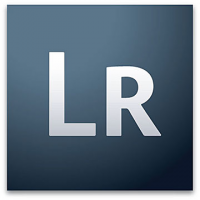Adobe publishes “quick guide” on how to transfer Aperture data to Lightroom
posted Wednesday, August 20, 2014 at 12:55 PM EDT

Back in June during its annually World Wide Developer Conference, Apple not only showcased iOS 8 and OS X 10.10, but also later announced that it would be discontinuing iPhoto and Aperture in favor of the new cross-platform Photos app. Unless Photos will be a viable replacement for Aperture, serious photographers as well as professionals may have to switch to an alternative workflow.
Out of all the RAW developers that are out there, Adobe's Lightroom is probably the most widely used. And with the ongoing Photoshop CC + Lightroom bundle deal for photographers, it's safe to assume that many former Aperture users are going to make the switch to an Adobe-based workflow. But as it is with switching from one software to another, there's the issue of getting all your data transferred over to the new workflow.
This isn't a trivial thing to do, since Aperture and Lightroom use entirely different databases, so you can't simply copy your photo catalogs from one software to the other. Since, however, Adobe has been anticipating that many Aperture users will make the move to Lightroom, they've created an info page for Aperture users that explains how to best make the switch.
The page also contains a "quick guide" that describes in detail how to migrate your data from Aperture to Lightroom, although considering the guide's length of six pages, it is evident that this process is anything but "quick." If you're unwilling or unable to move all your data manually, there is another solution which promises to make the transition much less of a hassle.
The app called 'Aperture Exporter,' which we reported about earlier, automatically takes care of all the steps needed to transfer your Aperture data over to Lightroom, according to its developer. So if you're affected by the discontinuation of Aperture, don't lose hope -- while it's not a perfect solution, it is possible to transfer your data over to Adobe Lightroom.